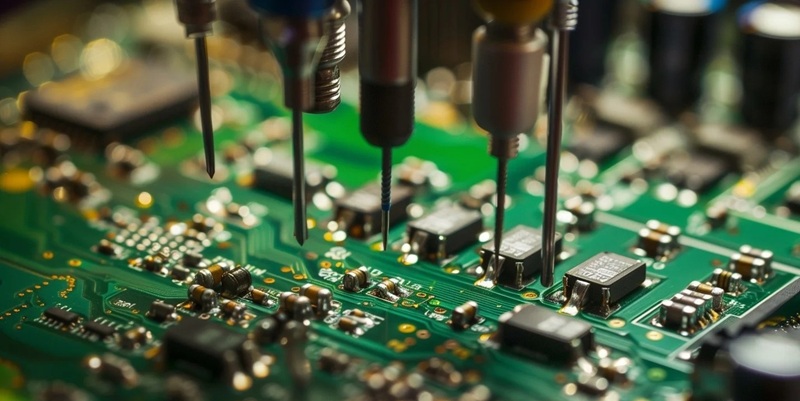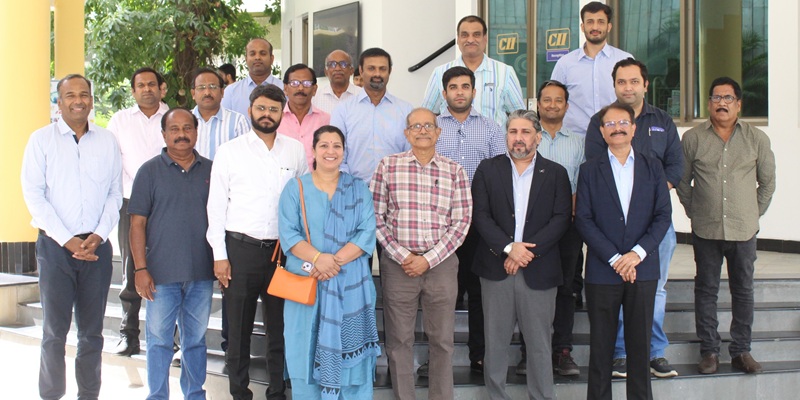Schedule a Call Back
Hamza Arsiwala: AI & smart metering are changing the dynamics in power sector
 Interviews
Interviews- Mar 01,24

Related Stories

We see strong demand for process equipment in next 5 years: Shalabh Singh
in this exclusive conversation with Rakesh Rao, Shalabh Singh, Chief of Business Development at Isgec Heavy Engineering Ltd, delves into how Isgec is aligning itself with national priorities while t..
Read more
Can Academia-Industry Ties Power India’s Manufacturing?
India's industrial sector has exhibited tremendous resilience and appetite for growth. However, the academia-industry collaboration will be crucial for India to become a worldwide manufacturing powe..
Read more
We see strong progress in India’s solar manufacturing landscape: Gautam Mohanka
In this interview with Rakesh Rao, Gautam Mohanka, CEO, Gautam Solar, elaborates on gaps in the India’s solar manufacturing value chain and how his company is aiding the growth of the solar energy..
Read moreRelated Products

Geared Electric Motors
Delco Fans Pvt Ltd offers single phase capacitor run and three
phase geared Instrument motors, totally enclosed face/foot mounted.

“Kusam-Keco” Partial Discharge Acoustic Imager - Model - Km-pdai
‘Kusam-Meco’ has introduced a new “Partial Discharge Acoustic Imager Model KM-PDAI.

78 Series Din Rail Terminal Blocks
Werner Electric Private Limited offers a wide range of 78 series din rail terminal blocks.















